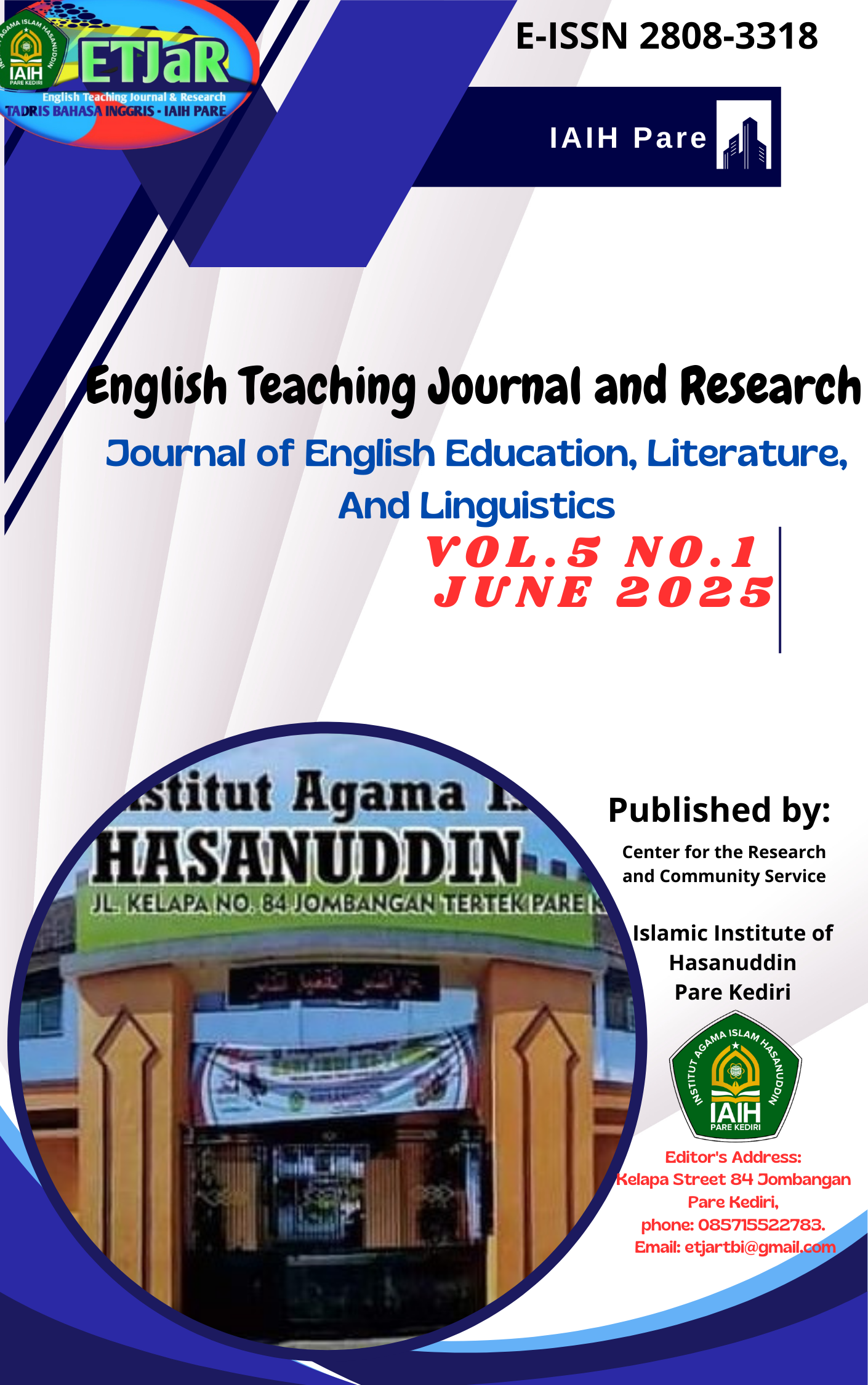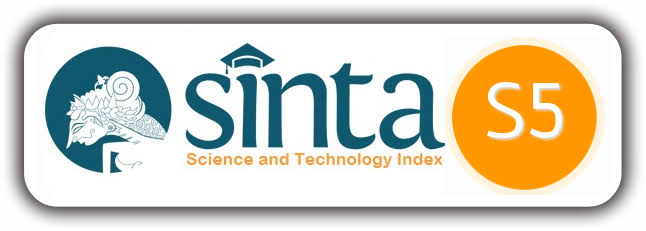THE POWER OF FIGURATIVE LANGUAGE IN MUSIC
A CASE STUDY OF ARIANA GRANDE'S 'INTRO (END OF THE WORLD)
DOI:
https://doi.org/10.55148/etjar.v5i1.1386Keywords:
Ariana Grande, Emotional Depth, Figurative Language, Romantic Uncertainty, Song AnalysisAbstract
This study examines the use of figurative language in the lyrics of Ariana Grande’s song Intro (End of the World), focusing on how these devices contribute to the emotional depth and thematic complexity of the song. These linguistic tools are shown to reflect the singer's emotional struggles and uncertainties about romantic relationships, particularly her doubts about love and commitment. The study highlights how figurative language serves not only to enhance the meaning of the song but also to engage listeners on an emotional level, allowing them to relate to themes of vulnerability, existential questioning, and relational insecurity. The findings emphasize the power of figurative language in music as a means of conveying complex emotions and establishing a connection with the audience. By analyzing the song’s lyrics, this research identifies and classifies various forms of figurative language, They are rhetorical questions, repetition, hyperbole, metaphor, personification, and ambiguity
Downloads
Published
Issue
Section
License
Copyright (c) 2025 Yuli Rohmiyati, Septi Auliyani, Abid Abdilah, Sopyan Zidan

This work is licensed under a Creative Commons Attribution-NonCommercial 4.0 International License.
Please read Copyright Notice for ETJaR: English Teaching Journal and Research (Journal for English Education, Linguistics, and Literature)








